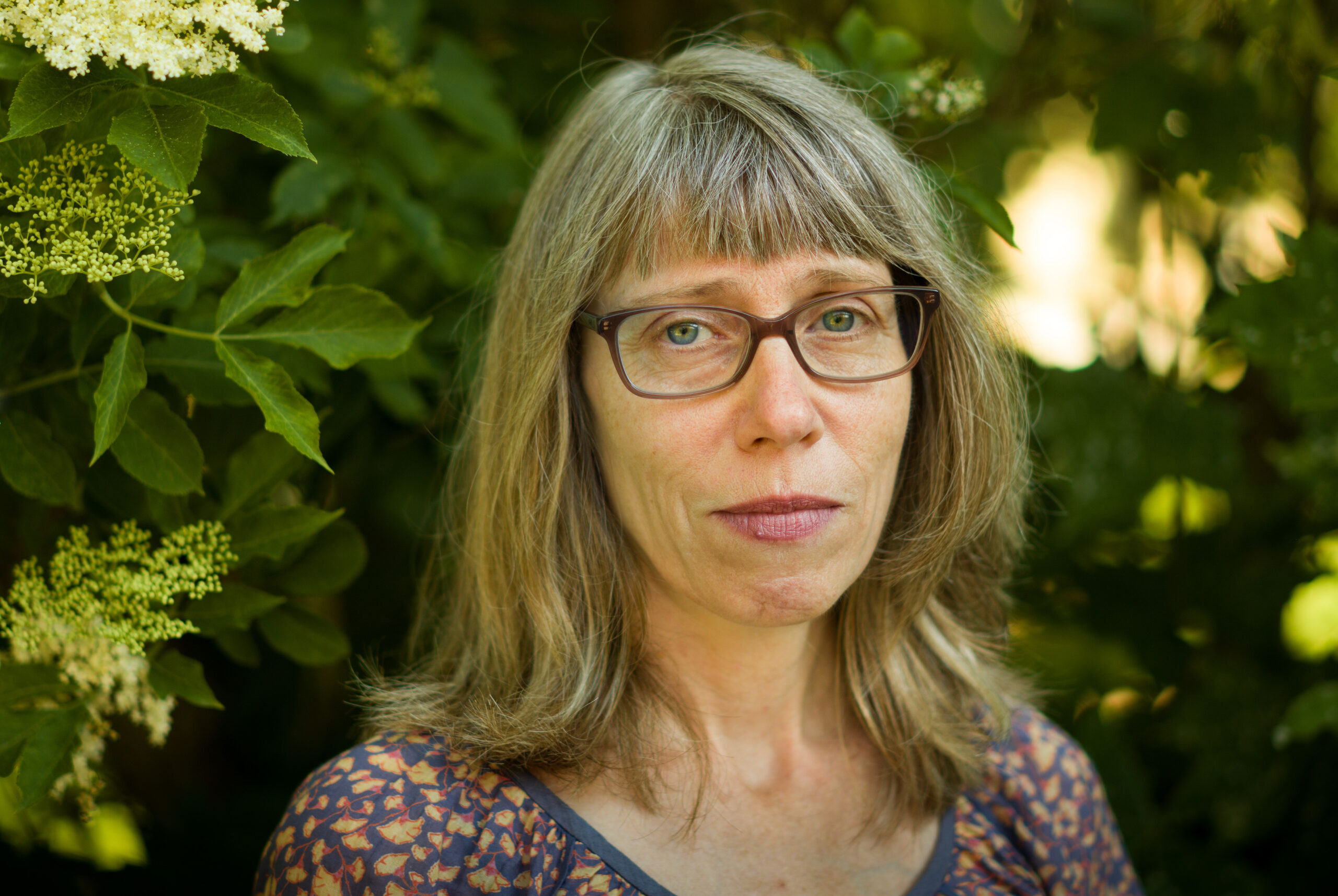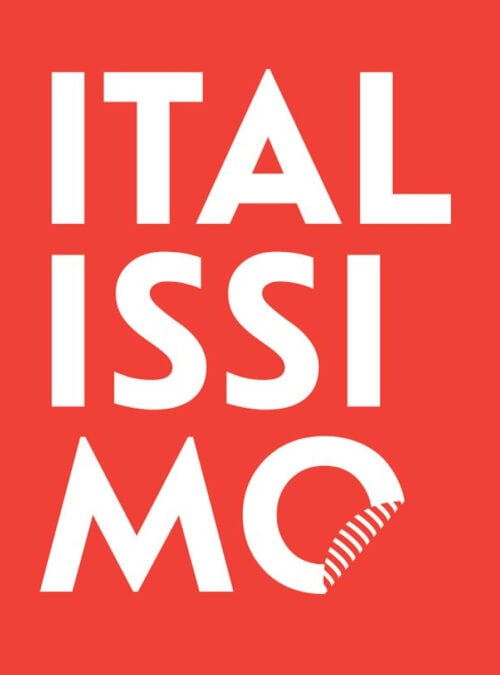From Stockholm: an interview with Johanna Hedenberg, translator from Italian into Swedish
Author: Paolo Grossi
 ® Håkan Lindgren
® Håkan Lindgren
Johanna Hedenberg, born in 1968, studied Scandinavian literature and languages, French, Italian, Spanish and Dutch at university. From 1996 to 2009, she worked as a translator in the European institutions in Luxembourg and Brussels. Since 2009, she has been a literary translator from Italian and, to a lesser extent, from French and Dutch. Among the Italian authors she has translated are Silvia Avallone, Giorgio Bassani, Italo Calvino, Claudia Durastanti, Elena Ferrante, Natalia Ginzburg and Leonardo Sciascia.
How did you become a translator? And why did your work as a translator particularly focus on Italian?
Literature and languages have always interested me. I had already thought about this profession in high school, and I had the opportunity to do my first translation of a French book in the early 1990s. My primary language as a translator was therefore French, but during a trip to Italy I also became interested in Italian and, after studying Italian at university, I started translating from this language as well. When I returned to literary translation after many years as a translator in European institutions, Italian became my main working language.
How do you assess the current situation in Swedish publishing with respect to Italian books? Has anything changed in recent years? Is there more translation? Less? Are Swedish publishers familiar with the reality of Italian books?
I have the impression that interest in Italian literature has increased after the so-called ‘Elena Ferrante fever’. In the last few years, especially certain female writers have been translated (among others, Viola Ardone, Rosa Ventrella and Donatella Di Pietrantonio). Now this trend is somewhat downward. Instead, I have noticed a growing interest in 20th century Italian classics. I personally have had the opportunity in a few years to do retranslations of novels by Natalia Ginzburg, Leonardo Sciascia and Alba de Céspedes. However, it seems to me that Swedish publishers often look to the English-speaking world for retranslations or ‘discoveries’ of authors from the past, but also sometimes in the case of contemporary authors, i.e. they follow what happens in the United States or Great Britain, rather than having their own independent line. Unfortunately, knowledge of the languages and literatures of the ‘non-English speaking’ world seems to have declined in the publishing world.
You have translated works by 20th century Italian classics, such as, among others, Giuseppe Dessí, Giorgio Bassani, Italo Calvino, Natalia Ginzburg, Leonardo Sciascia, but also texts by contemporary authors, such as Margaret Mazzantini, Silvia Avallone, Elena Ferrante, Chiara Valerio etc. What do you think of the Italian literature of our time?
For me, current Italian literature is very interesting and rich in certain themes and perspectives that are not common in Swedish literature. I like to translate very different authors, precisely to offer the Swedish public a more complex and varied image than the traditional and somewhat stereotyped idea of Italy that unfortunately still exists in part. I am thinking for example of Michele Mari and Claudia Durastanti.
How important is the personal relationship with the authors of the books you translate for you in your work as a translator? Do you correspond with them during your translation work?
It depends on each specific case. For me it is always a pleasure to have contact with the authors I translate, but I do not want to bother them if it is not necessary. So I only write to them if I have questions or problems that I cannot solve with the help of other translators or native speakers. But I have very positive experiences of this kind of contact. I was also able to ask Elena Ferrante questions, of course without knowing her real identity, via the publishing house.
Among the Italian books you have translated, was there one that represented a particularly difficult and stimulating challenge for you?
One book that unfortunately has not received the attention it deserves is Eurydice had a dog by Michele Mari (published in Swedish in 2023). His stories pose many challenges to a translator because of the variety of styles and language levels, in which dialects and neologisms coexist. For example, there is a modern version of the history of the foundation of Rome and the story of Romulus and Remus, written in stylised ”romanesco” (Roman dialect). It was difficult, but also a lot of fun, to find the right tone, using a somewhat old-fashioned Stockholm slang (without falling into being unintentionally comical). Thanks to this work, I feel I have enriched my resources as a translator, as was also the case recently with Leonardo Sciascia‘s Il giorno della civetta, which may seem simple, but demands great precision and attention.
Which Italian authors are you currently working on as a translator?
I am proofreading a retranslation of Quaderno Proibito by Alba de Céspedes. At the same time, I am translating Silvia Avallone‘s latest novel, Cuore nero, and I am preparing a translation of Viola Ardone’s Grande meraviglia (I will soon take part in an exchange in Tuscany between Northern Europe and Italy, where I have to present and discuss an excerpt from this translation).










